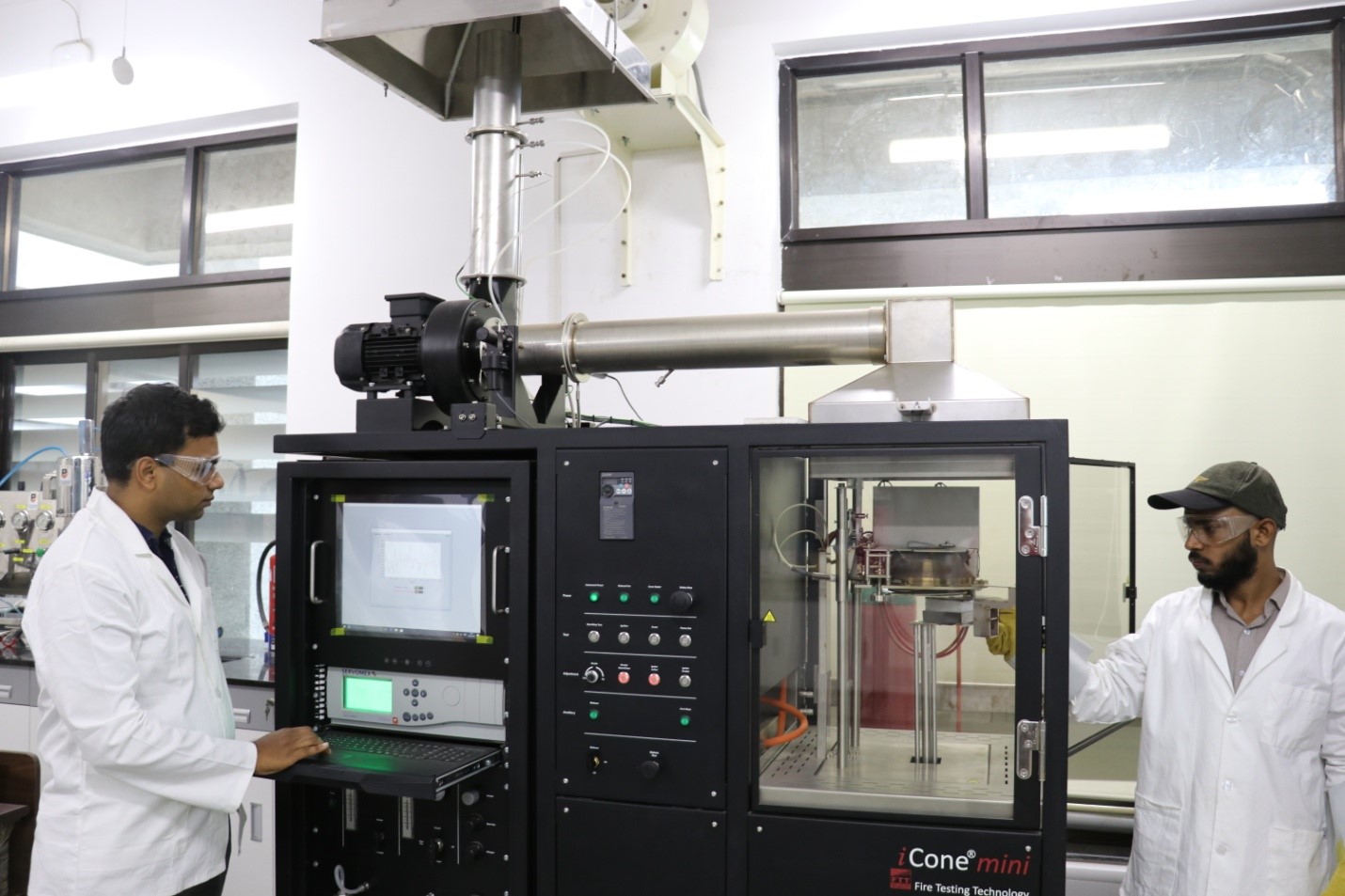
Air Pollution Killing More People Than Tobacco
- News
- 1.6K
One in every eight deaths in India is attributable to air pollution in India, making it a leading risk factor for death in the country. This makes air pollution a bigger contributor to the disease burden than tobacco, according to a new study released on Thursday.
In 2017, over 12 lakh deaths occurred due to air pollution, primarily through lower respiratory infections, chronic obstructive lung disease, heart attacks, stroke, diabetes, and lung cancer. The burden due to air pollution includes 6.7 lakh deaths due to outdoor particulate matter (PM) air pollution and 4.8 lakh deaths due to household air pollution, says the study published in medical journal Lancet Planetary Health. In comparison, the deaths to tobacco are 10 lakhs every year.
Both air pollution and tobacco use are risk factors for respiratory diseases, heart disease, and diabetes. Therefore, the study assessed disease burden attributable to air pollution and compared it with that of tobacco use for the diseases that result due to both risk factors.
It was found that the disease burden attributable to air pollution was much higher for lower respiratory infections than attributable to tobacco use. For chronic obstructive pulmonary disease, heart disease, stroke, diabetes, lung cancer, and cataract, the burden attributable to air pollution was as high as that attributable to tobacco use
“Although air pollution is commonly thought to be associated with lung disease, a substantial 38% of the disease burden due to air pollution in India is from cardiovascular disease and diabetes. Another notable aspect of air pollution in India is its contribution to the disease burden from ischaemic heart disease, stroke, chronic obstructive pulmonary disease, and lung cancer, which are commonly associated with smoking,” the study pointed out.
“Air pollution is now a year-round phenomenon particularly in north India which causes health impacts far beyond the seasonal rise of respiratory illnesses. It is the leading risk factor for chronic obstructive lung disease and a major contributor to pneumonia and lung cancer,” said Prof. Randeep Guleria, Director, All India Institute of Medical Sciences.
The average life expectancy in India would have been 1.7 years higher if the air pollution level were less than the minimal level causing health loss. As much as 77% of India’s population is exposed to outdoor air pollution levels above the National Ambient Air Quality Standards safe limit, with the northern states having particularly high levels.
The country has one of the highest annual average ambient PM2·5 exposure levels in the world. In 2017, no state in India had an annual population-weighted ambient PM2·5 less than the WHO recommended level. The highest PM2.5 exposure level was in Delhi, followed by Uttar Pradesh, Bihar, and Haryana.
The study has been conducted as part of the India State-Level Disease Burden Initiative, which is a joint project of the Indian Council of Medical Research, Public Health Foundation of India, and Institute for Health Metrics and Evaluation (IHME). (India Science Wire)
By Dinesh C Sharma
If you liked this article, then please subscribe to our YouTube Channel for the latest Science & Tech news. You can also find us on Twitter & Facebook.


